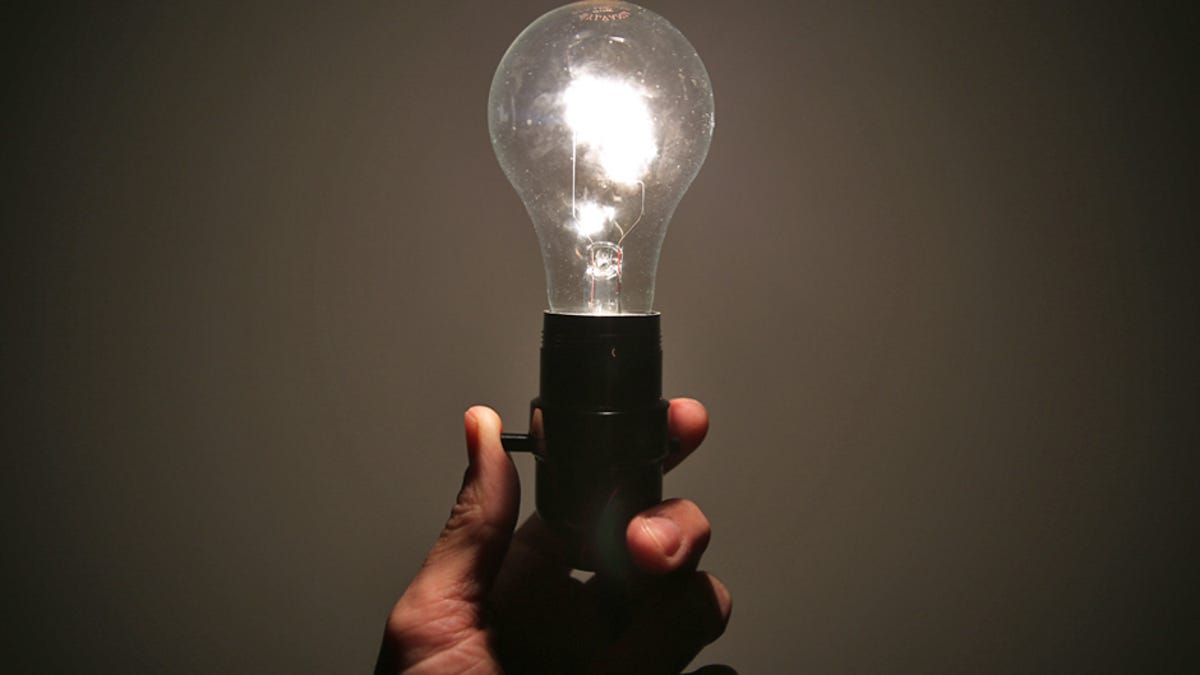New spending bill puts the brakes on Bulbageddon
A single paragraph in the 1,582-page document provides a glimmer of hope -- or perhaps a stay of execution -- for the incandescent light bulb.
Negotiators in the House and Senate came to terms on a $1.1 trillion omnibus appropriations bill Monday night, including provisions that would effectively halt the ongoing phase-out of classic incandescent light bulbs.
Though no existing efficiency standards would actually be overturned, the clause -- one paragraph out of a 1,582-page document -- would prevent the Department of Energy from implementing or enforcing the phase-out, blocking standards set by the 2007 Energy Independence and Security Act (EISA). Negotiations for the appropriations bill involved leadership from both chambers, meaning that passage seems likely.
In their summary of the bill, Republican leaders in the House Appropriations Committee touted the "prohibition on funding for the Administration's onerous 'light bulb' standard." It's worth noting that EISA was actually signed into law by then-President George W. Bush, although President Barack Obama has also championed raising efficiency standards.
It's unclear how much of an effect the bill would actually have on the current state of the lighting market. From the perspective of some manufacturers, the transition to new technologies has already been made. According to a spokesperson for the National Electrical Manufacturers Association (NEMA), "(Our members) have already retooled their operations to accommodate the federal standard. As a result, newer, more efficient bulbs are already on store shelves next to the old bulbs. It's likely that most consumers won't notice that the change has happened."
Light Bulb Rider Could Endanger U.S. Jobs http://t.co/w1TLhGXLPu
— NEMA (@NEMAupdates) January 14, 2014
As for the manufacturers themselves, John Pouland, VP of Government Solutions for Philips, pointed out that the light bulb rider does not repeal the existing standards, and told us that his company, "will continue to abide by the law and to deliver innovative new technologies for consumers that meet the mandates, including our EcoVantage energy-efficient incandescents and our affordable
American Lighting Association president and CEO Dick Upton echoed the sentiment, adding, "I think the industry has moved on. What we're currently trying to do is strengthen the consumer's understanding of light. If you're looking for a bright table lamp, there are incandescents that will work, but halogens, too. That's 72 watts versus 100 watts."
"There seems to be a developing acceptance of these new technologies," Upton added, "and the costs will probably continue to come down."


